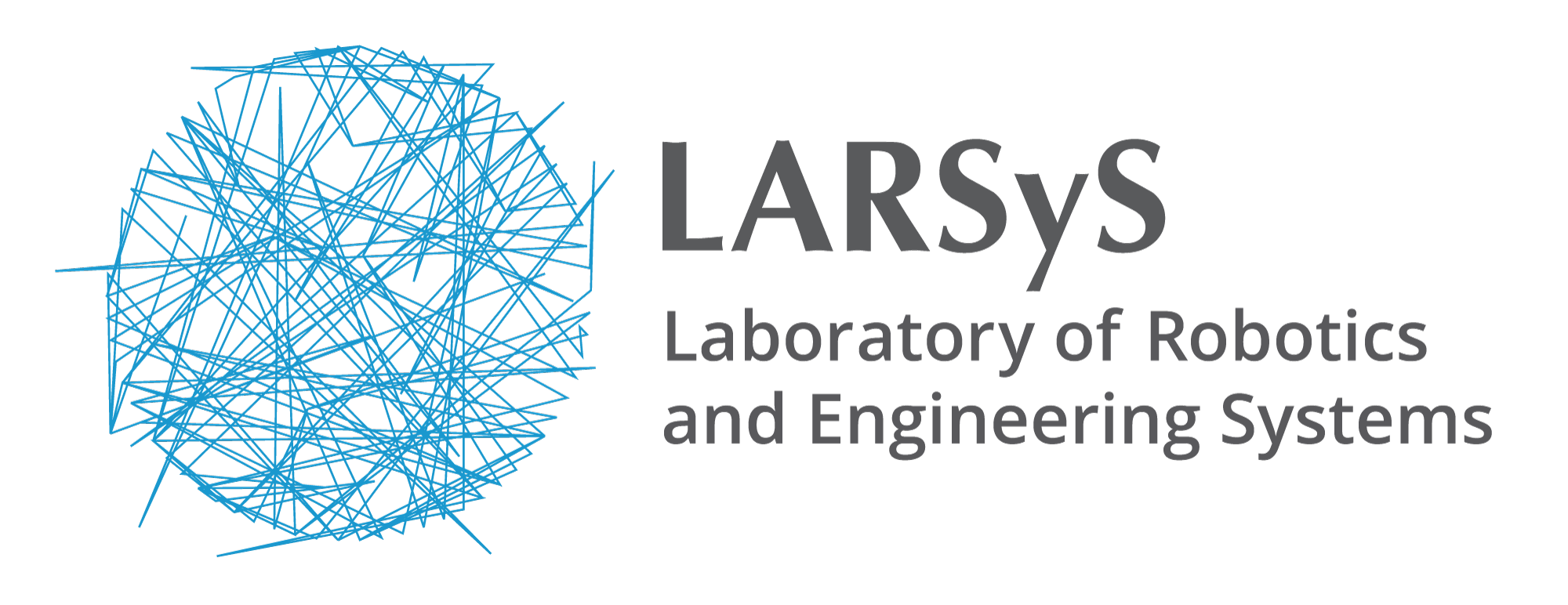LARSyS researchers have successfully applied disruptive digital technologies in innovative ways for assisting caretakers and therapists in their jobs and providing better experience and quality of life for the patients. Going from the foundations of robotics, artificial intelligence, and interaction design in co-development with the end-users institutions, LARSyS has created a portfolio of solutions for aging and rehabilitation with quality of life: sedentary behavior prevention for institutionalized older adults, rehabilitation of motor disabilities (including children with cerebral palsy), novel therapies for children patients of ASD diseases and managing stress in pediatric oncology units. Ongoing efforts target also healthcare home applications for older adults: assistance in daily living activities, rehabilitation, and health monitoring. The figure below illustrates some applications: left – Vizzy Robot interacts with older adults in a daycare center; center-left – AR platform PEPE in physical therapy of Parkinson disease patients; center-right – the MOnarCH robot interacting with a child in a pediatric oncology unit (Photo credits © Miguel A. Lopes/Lusa). Right: The ASTRO robot in an ASD disease therapy session with children.
The augmented reality platform for senior fitness PEPE developed at LARSyS, has been replicated for deployment in 9 end-user institutions across the country. PEPE technology won 2 best paper awards, an Honorable Mention Demo Award 5th Experiment@ International Conference 2019, was a finalist (top 5 among 95) of the 2018 Smart Ageing Prize of the EU AAL Programme. The figure below illustrates some of PEPE’s achievements: left: PEPE in the Web Summit 2018 being presented to the Portuguese Prime Minister. Center-left: PEPE being presented to the AAL Prize jury. Center-right: Distinction obtained at the AAL Prize event. Right: 6 PEPE units ready to be shipped to end-user institutions. During the co-development cycles and in testing phases, both during the contractualized project’s execution and in post-project activities, LARSyS has collaborated with several national public and private institutions: hospitals (1), health and elderly care (15), and local administration (8). End-user groups involved more than 150 participants (20+ children, 130+ older adults). Dissemination for the general national public was achieved through 17 appearances in press and 18 oral presentations in public events.
Another interaction promotion robot, “Gasparzinho” (Little Casper) resulted from the EU FP7 project MOnarCH, coordinated by ISR/IST/LARSyS. The project was listed as one of the EU projects success stories, being publicly presented in a Joint conference of the European Parliament and the European Commission in November 2018, and being covered internationally by media such as EuroNews and CNN. Fourteen Gasparzinho interactive robots developed by the ISR spinoff IdMind are being used currently in 6 European labs, plus the Knowledge Pavilion in Lisbon. One Gasparzinho continues to be used at IPOL.
